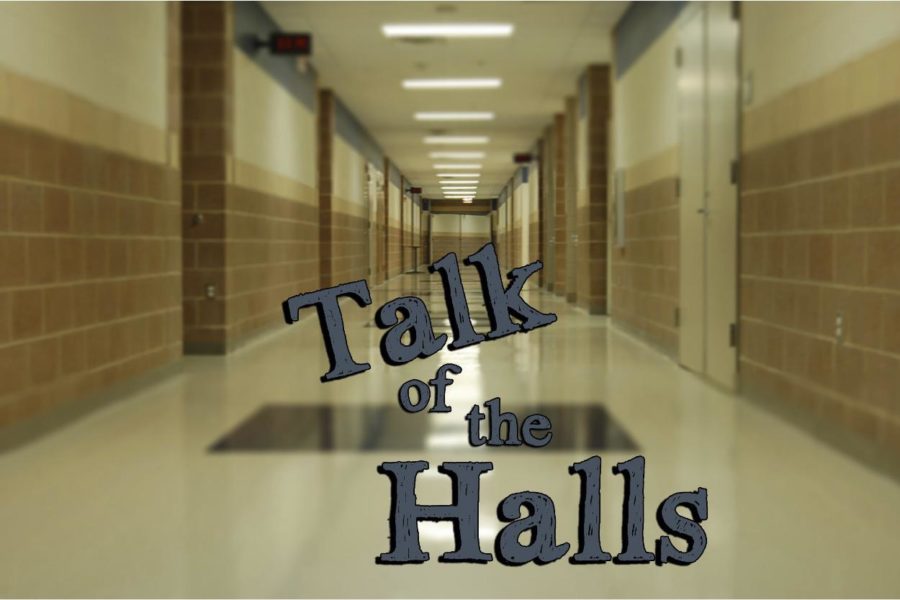Time to rethink retests
October 28, 2013
Picture this: a student sits down to a science test, having studied but still unsure of the material, and bombs it, making a 50 and putting his grade in jeopardy. However, the teacher, wanting to make sure that the student learns, sets a time for him to come in to mandatory tutorials to relearn the material. The material is taught in a different, more personalized manner, and the student understands it as the light bulb goes off. When the student retests to check for new understanding, he passes with flying colors.
This, it seems, is an example of what the school retest policy was designed to accomplish: the relearning of student material to both ensure that learning takes place and to give the student a chance to improve their grade. However, in the world, what something was designed to accomplish and what actually occurs can be two different things, and while it may have noble intentions, there are still some factors that could be improved if the retest policy is to better uphold its purpose over time.
Firstly, the variable of student learning should be taken into more consideration. The retest policy in the student handbook is listed as including correctives, but correctives may have limited effect on a student who did not understand the material to begin with. They may see the right answer on a review or test question, but they also may not know why this answer is correct, which could lead to them becoming unable to apply the concept when faced with a different question.
Undoubtedly correctives have their place and are still an important part of the relearning process, but more work is usually needed before students can master material, and this can be represented by relearning the material in a different manner that is more consistent with the teaching style that the student understands. Understandably, teachers have their own style, but there also needs to be a way for students to be exposed to different kinds of learning, especially when it is clear that said student didn’t understand the material the first time.
Secondly, there is the variable of the teacher. This is not to say that teachers are inherently good or bad, but rather that each teacher develops their own teaching style, patience level, and relatability to students over time. If the student responds to a teacher or their style, then they may end up learning more effectively. So, if this is a relevant issue in a retest case, it may help for a student to relearn/do correctives with another teacher if the parties so wish, thereby allowing for exposure to a different teacher or teaching strategy.
Thirdly, there is the mindset and portrayal of what the retest policy is in the school itself. If it is to accomplish the goal of giving students a chance to relearn material, then not only does it need to be offered as such, but students must also believe that it can work for them to respond to it. Now, obviously one cannot directly change a student’s mindset or perception, but what can be done is that instead of it being one chance to get a different grade, it could be more effectively shown as a chance to first grasp the material in a different light, with reassessment as a follow-up. It is already shown as that somewhat, but even the name itself of “retest policy” highlights the ends instead of showing a means to get there. Perception can be influenced, and so if the policy were presented in a manner of actually helping students understand material, perhaps they would come in with a different attitude and outlook.
Keep in mind that I have not actually accused anyone in the process of performing poorly in the retest endeavor; I have simply offered up new ways to improve the policy so that it may become even more effective at accomplishing the goal of allowing students to master the information and of giving an opportunity to try again to fix an error. Such adaptations in the manner suggested may help the policy, therefore, to shine.





Anon • Nov 5, 2013 at 12:21 am
The retest policy fails to prepare students for college, where sometimes a single test can be 30-40% of the grade and there is no opportunity to improve it. Retesting just cushions students grades in high school and it makes college a huge wake-up call for students that use it as a crutch. Same can be said for quizzes.